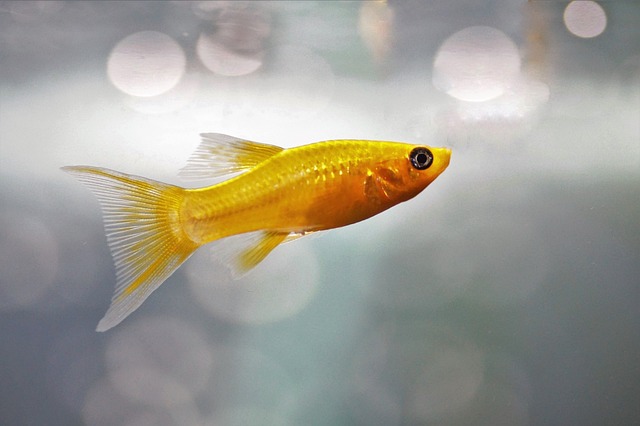Understanding the Reproduction of Molly Fish
Molly fish (Poecilia sphenops) are popular freshwater fish known for their vibrant colors and peaceful nature. These small fish make great additions to community aquariums and are relatively easy to care for. One common question among fish enthusiasts is whether molly fish lay eggs or give live birth. In this blog post, we will explore the reproduction process of molly fish and shed light on their unique reproductive strategy.
Reproduction in Molly Fish
Molly fish belong to a group of fish known as livebearers, which means they give birth to live young rather than laying eggs. Unlike many other fish species, molly fish do not lay eggs that hatch externally; instead, they engage in internal fertilization. Male molly fish possess specialized reproductive organs called gonopodium, which are modified anal fins used for transferring sperm to females.
Mating Behavior
Molly fish engage in courtship rituals before mating. Male molly fish often display elaborate courtship behaviors, such as chasing the females, flaring their fins, and performing a mating dance. If the female is receptive, she will align her body with the male, indicating her readiness to mate. The male will then transfer sperm into the female using his gonopodium.
Pregnancy and Gestation
After successful mating, female molly fish become pregnant and carry their developing young internally. The fertilized eggs develop inside the female’s body, where they receive nourishment from the yolk sac. The gestation period for molly fish is typically around 4 to 6 weeks, depending on various factors like water temperature and the health of the female.
Birth Process
Once the gestation period is complete, female molly fish give birth to live fry rather than laying eggs. The birth process is relatively quick, with the female releasing the young fish from her body. The newborn fry are fully formed and capable of swimming independently, though they are still vulnerable and require proper care and a suitable environment.
Reproduction Strategies
The livebearing strategy of molly fish offers several advantages for their survival. By giving birth to live young, molly fish can better protect their offspring and increase their chances of survival compared to species that lay eggs externally. The newborn fry can seek shelter and avoid predators more effectively. Additionally, molly fish have a higher reproductive potential since they can produce a larger number of offspring in a shorter span of time.
Caring for Molly Fish Fry
Once the fry are born, it is crucial to provide them with proper care to ensure their healthy development. Separate tanks or breeding nets can be used to protect the fry from being eaten by adult fish. The water temperature, quality, and feeding regimen should be carefully monitored to support their growth. It is also recommended to provide hiding spots and adequate nutrition, such as specialized fry food or finely crushed flakes.
In summary, molly fish do not lay eggs but give birth to live fry. Their unique reproductive strategy of internal fertilization and livebearing contributes to their survival and higher reproductive potential. Understanding the reproductive process of molly fish allows fish enthusiasts to provide optimal care for these fascinating creatures and enjoy their captivating beauty in the aquarium.

